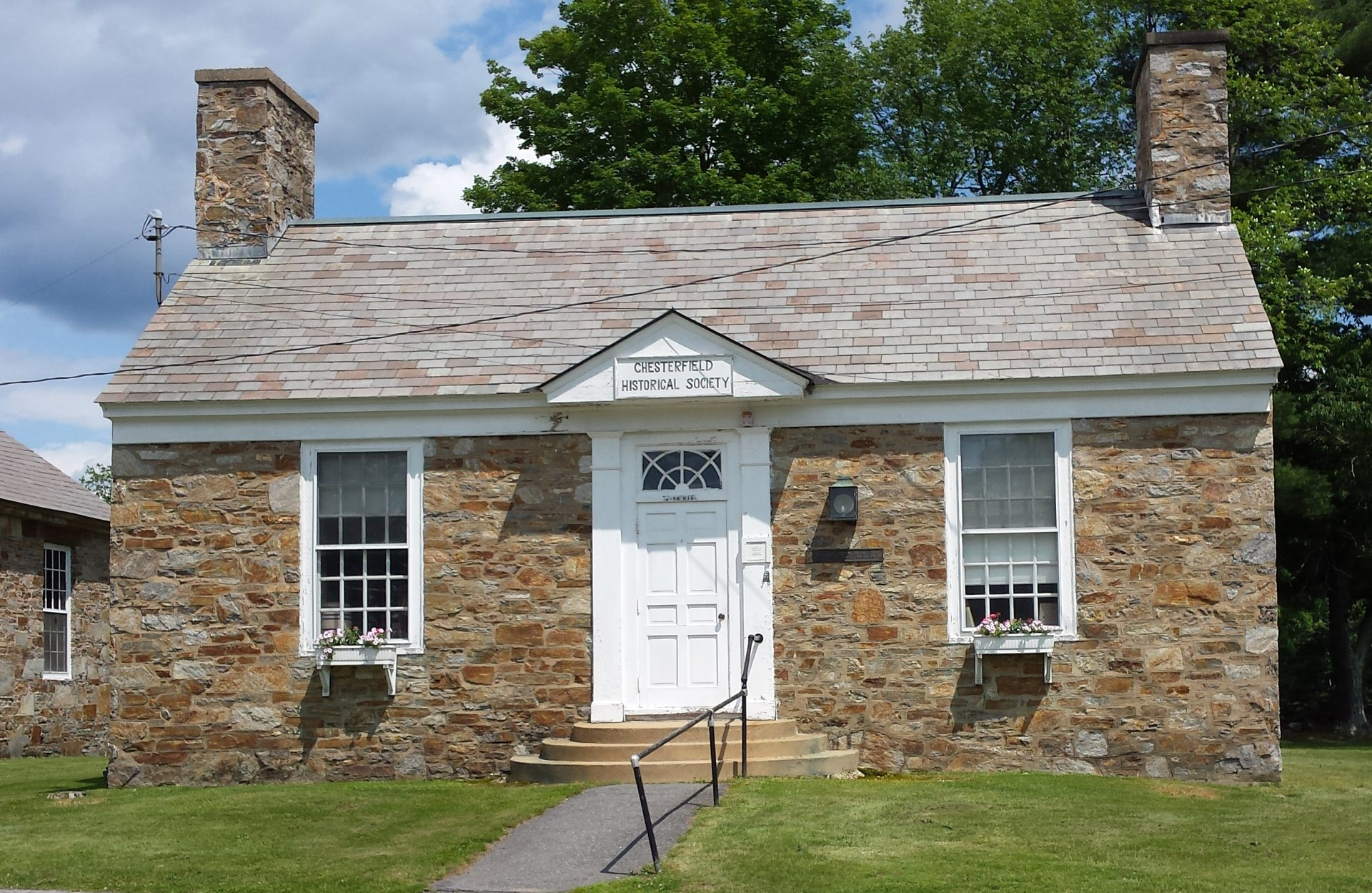Singing Schools to Church Choirs
Now a good education requires a well rounded curriculum. But in the early part of Chesterfield’s history, its purpose was to learn to write with “a good hand”, set down thoughts “while warm”, and accurately account. Children's exposure to music was reserved for church and maybe folk tunes at home. The First Great Awakening (1730 - 40s) started revolutionizing church music and the Revolutionary period saw the need to replace English sacred music with a more American sound. Thus, rose the popularity of Singing Schools, a New England phenomenon which would spread throughout the south and west.
-
Old Singing School
Buttonby Granger - FineArtAmerica
In a Singing School, rudimentary musical sight reading, and the mechanics of singing were taught by a “'singing master”. These masters were frequently itinerant ministers or singing schools "graduates" who decided to use their skill for additional income. Their teachings were aided by the invention of the shape-note method. This used four distinctive note heads to indicate four syllables corresponding to the musical scale tones mi, fa, sol, and la. Instructors would create printed manuals called tunebooks which contained instructions, scales, etudes, and sacred choral music. By the end of the era about 1,400 tunebooks were printed.
Boston's William Billings (1746-1800) wrote the most popular tunebook in 1770 “The New England Psalm Singer”. He is considered one of the earliest American composers. He wrote in four-part chorus, sung in a cappella style. Eventually, he published five tunebooks that included original patriotic songs, plus a manual for singing masters. The manual advised how to run a practical singing school, including topics such as logistics, expectations for manners and attentiveness in students, and “the need for the supremacy of the teacher's musical decisions”.
-
Sounds of the Singing School
ButtonWilliam Billings
-
Benjamin Dearborn's Announcement
ButtonApril 5, 1783 - New Hampshire Gazette
When a teacher was available, Chesterfield area residents would hold a singing school in the evening. Sometimes it would rotation through different homes or take place in a larger public space like a school or tavern. As time went on, they became a major social event with refreshments and some on the side courting, for they were definitely not just for children.
Massachusetts Rev. John Tufts founded the first singing school in 1721 to “cure the ills of music illiteracy”. However, by 1810 this now called Yankee Tunesmiths method was considered backwards by music scholars. The second wave of general musical instruction reverted back to the more sophisticated European style of church music. Both methods eventually laid the foundation for the present church choir. The old puritan unison singing of psalms or the “repeat after me” lining out method, gave rise to lay members singing in a group separate from the congregation. By the 1850s, religious denominations would be developing their own special brand of sacred music.
-
Keene NH Singing School
Button








